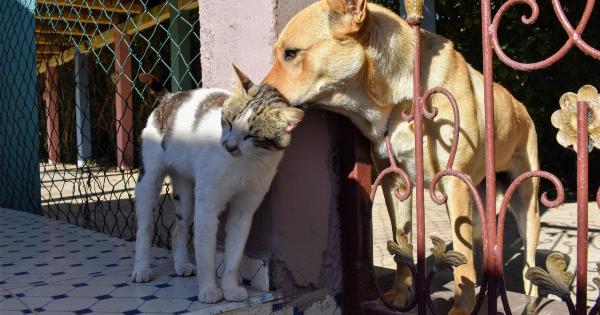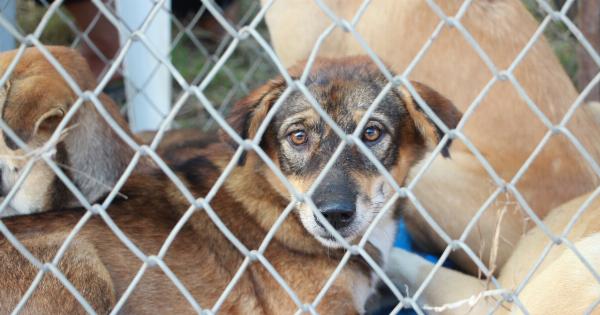It is not uncommon to come across an injured dog or cat while walking outside, particularly in areas with high animal populations or traffic. Knowing how to help these animals can make a difference in their health, comfort, and chance of survival.
Here are some steps to take when you encounter an injured animal:.
Assess the Situation Safely
The first step in assisting an injured animal is to ensure your own safety. Approach the animal carefully and slowly, without making any sudden movements or loud noises that could startle or aggravate them.
Check your surroundings for potential dangers, such as traffic or other animals that could pose a threat.
Once you are close enough, try to gauge the animal’s condition without touching them. Look for signs of blood, cuts, limping, abnormal breathing, or other injuries. If the animal is conscious, evaluate their behavior and demeanor.
Are they calm or agitated? Are they trying to move or stay still? These clues can help you identify the severity of their condition.
Contact a Vet or Animal Rescue Organization
If the animal is severely injured or unconscious, your next step is to seek medical assistance. Call your local veterinary clinic or animal rescue organization to notify them of the situation.
They can provide you with advice on how to handle the animal and may be able to dispatch an ambulance or rescue team to take them to a clinic. Be sure to provide as much specific information about the animal’s location and condition as possible.
If you cannot reach a veterinary clinic or rescue organization, contact your local animal control services or police department. They may be able to assist you in finding the right resources to help the animal.
Provide Basic First Aid
If the animal’s condition is not severe but still requires attention, you can provide some basic first aid to help stabilize them until veterinary help arrives. This could include:.
- Control any bleeding with pressure or a clean cloth
- Apply a splint or bandage to support a broken or dislocated limb
- Administer CPR or artificial respiration if the animal has stopped breathing
- Provide water or food if the animal is conscious and able to consume them
It’s important to note that providing first aid to injured animals carries risks and should only be done if you feel safe and confident in your abilities to do so. If you are unsure of how to proceed, wait for veterinary assistance to arrive.
Protect Yourself and Others
While helping an injured animal is a noble act, it’s crucial to protect yourself and others when doing so. When handling the animal, use gloves or clean cloths to avoid contact with any bodily fluids or sharp edges of broken bones.
If other people or animals are present, keep them at a safe distance to prevent any potential injuries or conflicts.
Additionally, remember that some animals may be frightened or in pain, which could trigger aggressive behavior.
Stay calm and patient while attempting to aid the animal, and never approach or touch an unfamiliar animal without checking for signs of aggression first.
Document the Situation
After the animal has received medical attention or care, it’s important to document the situation for future reference.
Take photos or videos of the animal’s injuries, any treatment they received or medication administered, and any witness statements or relevant details. This information can be useful if the animal requires any follow-up care or if there are any legal or administrative actions to be taken.
Keep an Eye Out for the Animal’s Recovery
Once the injured animal has been treated and released, or transferred to a rehabilitation center, follow up on their recovery.
Check in with the veterinary clinic or animal rescue organization to receive updates on their progress, and ask if there are any ways you can assist with their continued care. You may also want to monitor the animal’s behavior and condition if they return to the same area where you first encountered them.
Overall, assisting an injured dog or cat can be a challenging and potentially risky endeavor, but it can also be a rewarding way to help animals in need.
With these steps in mind, you can provide valuable assistance and care to an animal in their time of need.






























